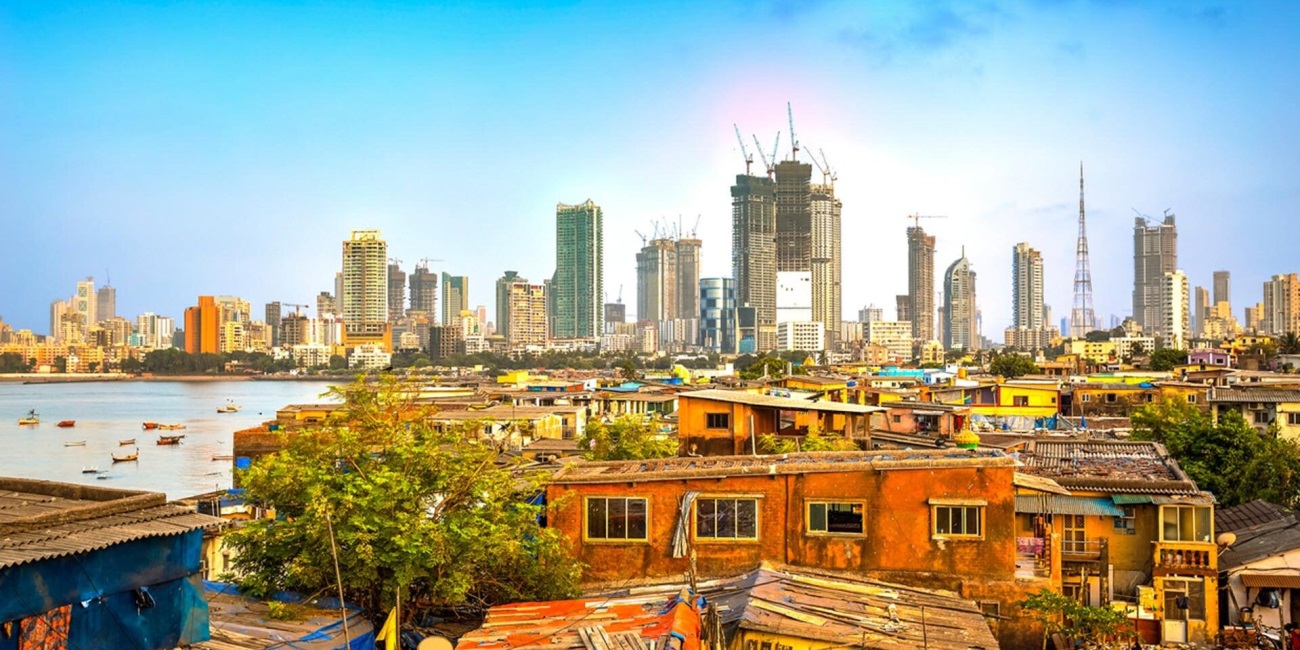Authors | Arantxa Herranz, Raquel C. Pico
San Francisco. The city with the Golden Gate Bridge and Alcatraz prison. One of the largest cities in the United States and home to important tech companies: Twitter, Apple, Dropbox… The birthplace of entrepreneurship and of some of the most highly rated companies by employees; firms which, in turn, seek highly qualified professionals, which they attract with high salaries and bonuses.
But there is another side to that reality. The high purchasing power of the most privileged residents of San Francisco has contributed to the drastic increase in the price of rented accommodation, food and other living costs. Furthermore, many small companies are incapable of competing with these salary levels, which increases inequalities within metropolitan areas.
One of the consequences of these inequalities is that there has been an increase in the number of homeless people. This concentration of homeless people has also led to the owners of businesses in these areas and residents and politicians, to discuss how the problem should be dealt with.
A map of inequality
In order to try to resolve these situations, the first thing to do is to establish the exact figures. Three different groups have collected demographic data of San Francisco, with the aim of creating a map of inequality that helps those responsible for preparing policies and community defender organisations to design solutions for the inequality problem in the region.
That is how Bay Area Equity Atlas came about, with the aim of improving the lives of working class residents and minority groups in the region. One of its most recent reports revealed, for example, that there is an overrepresentation of white senior elected staff in the Bay Area (particularly men), while the Latin communities or Asian or Pacific Islanders are underrepresented. Homelessness in the area has become an increasing problem.
And what if we create an app?
Some cities have proposed technology-based solutions to resolve the problem of homeless people, particularly from the point of view of having applications to locate the homeless people and offer them the help they need. Therefore, some ongoing initiatives are now exploring the use of apps as a potential solution to address homelessness. The concept of leveraging technology for social purposes is not entirely new. Apps aimed at driving social change are already being used in other areas, such as crowdsourcing, community building, and resource exchange. They are now being utilized to address homelessness.
In this case, applications tend to be designed so the people that live or work in districts in which there are homeless people can inform the authorities quickly and remotely. If a homeless person is lurking around a local business or appears to need medical attention, just a few clicks will inform the city of where that person needing help is located.
That is how Street Reach operates—an app available for iPhone and Android devices that leverages collective efforts to locate homeless individuals who may need assistance. The general public is responsible for reporting these situations. The report is forwarded to a team of social workers, who visit the specified area to provide the necessary assistance as quickly as possible. The app operates in the metropolitan area of Cincinnati, United States, and is part of a broader initiative led by the organization Strategies to End Homelessness. This organization centralizes information on homelessness in the area and collaborates with over 30 NGOs.

The data collected also provides valuable insights into the realities faced by homeless individuals, the associated public health risks, and the broader factors underlying economic inequality. An example is the app Counting Us in the United States, which has been in use for over ten years. It assists volunteers and organizations in gathering information about the realities of homelessness through an interview guide and centralized data collection.
But the matter is open to debate. While some believe these tools are a lifeline and a smart solution for a widespread problem (the idea is for it to be a way in which homeless people can obtain help quickly), for others it is just a snitch telling the authorities where destitute people are located. The city of Seattle has an application called “Find It, Fix It”, which enables residents to inform the city of public problems with a message that includes a location and a description. Users send problems by category, such as illegal dumping sites, graffiti, dead animals and “other notifications”. And this is where there has been an increase in notifications reporting these homeless camps.
Likewise, it is worth questioning to what extent apps shift issues rooted in economic inequalities, housing insecurity, public health, or systemic social failures into the realm of voluntary efforts by individuals who download these services. That is, one of the key points for debate should be whether, despite good intentions, responsibilities that should fall under the scope of city social services are being shifted to one of many tools vying for citizens’ attention on their mobile screens.
It all depends on the system

It is often said that technology is not good or bad per se. What determines whether it is good or bad is how it is used. And this is something that can be extrapolated to this situation. Can applications be created and deployed that help and do not harm homeless people? The answer will most certainly depend on the effectiveness of the city’s system of services offered to homeless people. On the resources available to help those people. And, of course, on the way in which communities coexist with a high-risk population that is often misunderstood.
In the case of apps, shifting the focus also entails adopting a unique perspective from that of the harshest critics. Some tools are specifically designed for homeless individuals and are not made available to their neighbors. According to the French app Entourage, 70% of homeless individuals own mobile phones. They themselves may be users.
Entourage operates in five French cities as a collaborative network, offering services to homeless individuals while raising awareness about their realities among the wider population. In fact, its services include invitations to charity events—ranging from breakfasts to karaoke nights—designed to build social bonds. These initiatives, referred to as a ‘helping hand,’ encourage individuals to donate their time or provide items to those in need.
Now operating in numerous cities across the United States, the Samaritan app offers a similar approach. Users of the app are homeless individuals who can directly request what they need, such as a haircut or clothing for a job interview. During the initial period of using the app, users also receive personalized support. According to its creators, the ultimate goal is to help homeless individuals achieve self-sufficiency and transition off the streets. “I want to make it clear: we are not solving homelessness. We do not own buildings. We are not constructing flats” explains the founder of the app Jonathan Kumar in an interview. It is a step toward addressing and redirecting the situation. People who are not homeless can also use the app to support their neighbors and listen to their stories, as highlighted on the project’s website.
Images | Matt Collamer, Ev, Jon Tyson






















































